The main target of this Ham Rong air raid was assigned by the US to the 2nd Tactical Air Force Group - the "Red Big Brother" in the US tactical air force and equipped with F105 aircraft - the most advanced and modern aircraft at that time. This type of aircraft was nicknamed "thunder god", because it relied on its roar in the sky to intimidate the enemy. According to the US military, "when a force of thunder god aircraft roared overhead, the enemy was no longer calm enough to aim and shoot. At that time, the F105s just dived in one by one to drop bombs".
Grasping the plots and tricks of the American invaders, under the direction of the Party Central Committee, the Government and the Ministry of National Defense, the army and people of Thanh Hoa, together with the troops, entered the war with a proactive attitude, ready to defeat the American war of destruction. The leaders of Military Region 3 and the Thanh Hoa Provincial Party Committee assessed: "The focus of the attack on the military region at this time is Thanh Hoa, the focus of Thanh Hoa is Ham Rong, protecting Ham Rong bridge is contributing to ensuring smooth traffic".
From that correct assessment, in late February and early March 1965, the atmosphere of combat preparation in Ham Rong took place extremely urgently. The Provincial Party Committee and the Thanh Hoa Provincial Military Command directed all levels and sectors to actively build forces, build a People's War posture, prepare many combat plans to protect key enemy targets that could be attacked and transfer all local activities from peacetime to wartime. Many exciting emulation movements such as "three ready", "three capable", "one hand plowing, one hand gun", "one hand hammer, one hand gun"... were widely launched among young people, women and farmers. The health, transportation, communications sectors, workers in factories, enterprises and cooperatives both produced and prepared combat vehicles, and urgently dug trenches and fortifications, ready to avoid and fight back against enemy troops to protect Ham Rong bridge.
To strengthen the force protecting Ham Rong bridge, in early 1965, the General Command of the Vietnam People's Army and the Command of Military Region 3 sent to Thanh Hoa the 13th Regiment, 37mm anti-aircraft artillery, belonging to the 213th Division, which was training in Nam Dinh. On March 3, 1965, the Air Defense - Air Force Command sent the 14th Battalion, 330th Division, which was protecting the capital Hanoi, to Thanh Hoa. Before entering the battle, the 304th and 305th Divisions sent to Thanh Hoa a 37mm anti-aircraft company and a 14.5mm company. In March 1965, the Thanh Hoa Provincial Military Command sent a 14.5mm platoon and concentrated all the firepower of the militia and self-defense forces in the surrounding areas to protect Ham Rong bridge...
The forces participating in the battle in the Ham Rong area were organized into 5 fire clusters. Each fire cluster was capable of fighting independently in each direction and could coordinate closely with other units. The command post was located at Cuoi Mountain, 2 observation posts were located at Mat Mountain and Hill 134. Ham Rong entered the challenge without being able to imagine the fierceness and scope of the war, but in their hearts, President Ho's call was engraved: "Let us all unite as one. Determined to defeat the American invaders".
Source: https://baothanhhoa.vn/e-magazine-ham-rong-ban-hung-ca-thoi-dai-ho-chi-minh-244245.htm


![[Photo] Prime Minister Pham Minh Chinh receives Deputy Prime Minister of the Republic of Belarus Anatoly Sivak](https://vstatic.vietnam.vn/vietnam/resource/IMAGE/2025/4/2/79cdb685820a45868602e2fa576977a0)
![[Photo] General Secretary To Lam receives Russian Ambassador to Vietnam](https://vstatic.vietnam.vn/vietnam/resource/IMAGE/2025/4/2/b486192404d54058b15165174ea36c4e)
![[Photo] Comrade Khamtay Siphandone - a leader who contributed to fostering Vietnam-Laos relations](https://vstatic.vietnam.vn/vietnam/resource/IMAGE/2025/4/3/3d83ed2d26e2426fabd41862661dfff2)


![[Photo] Prime Minister Pham Minh Chinh receives CEO of Standard Chartered Group](https://vstatic.vietnam.vn/vietnam/resource/IMAGE/2025/4/2/125507ba412d4ebfb091fa7ddb936b3b)

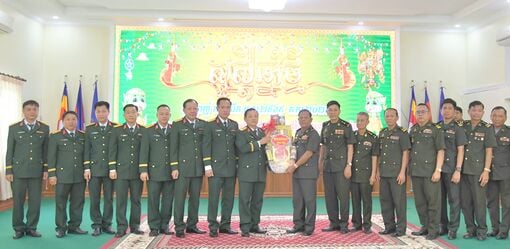

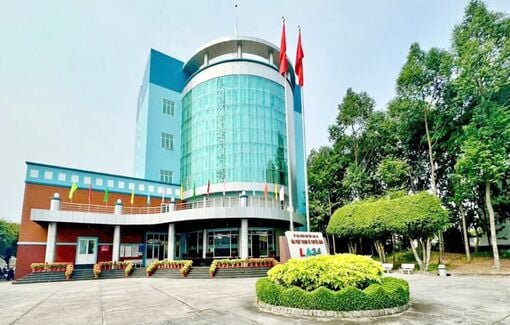

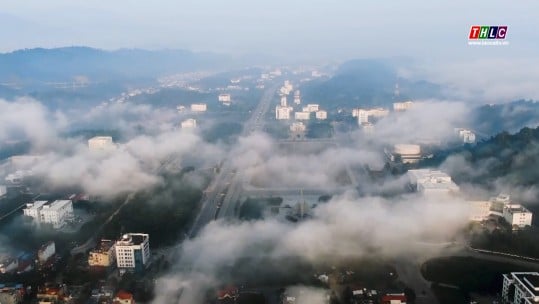




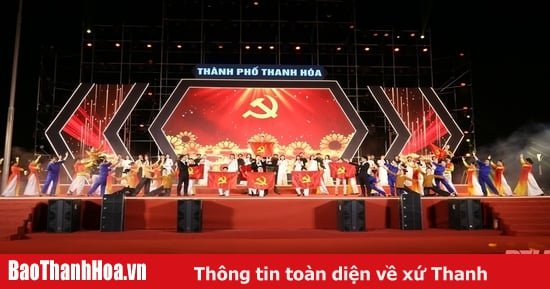
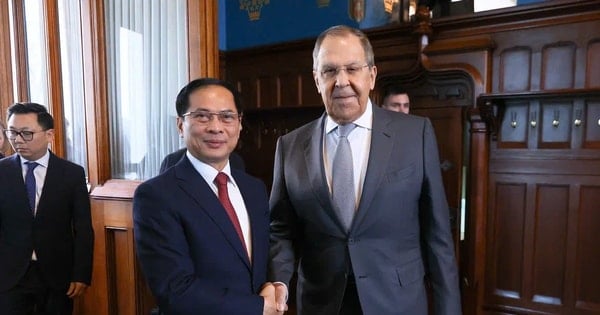
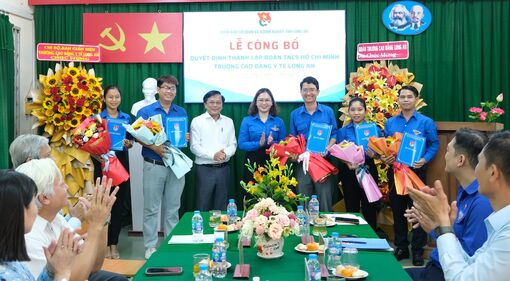
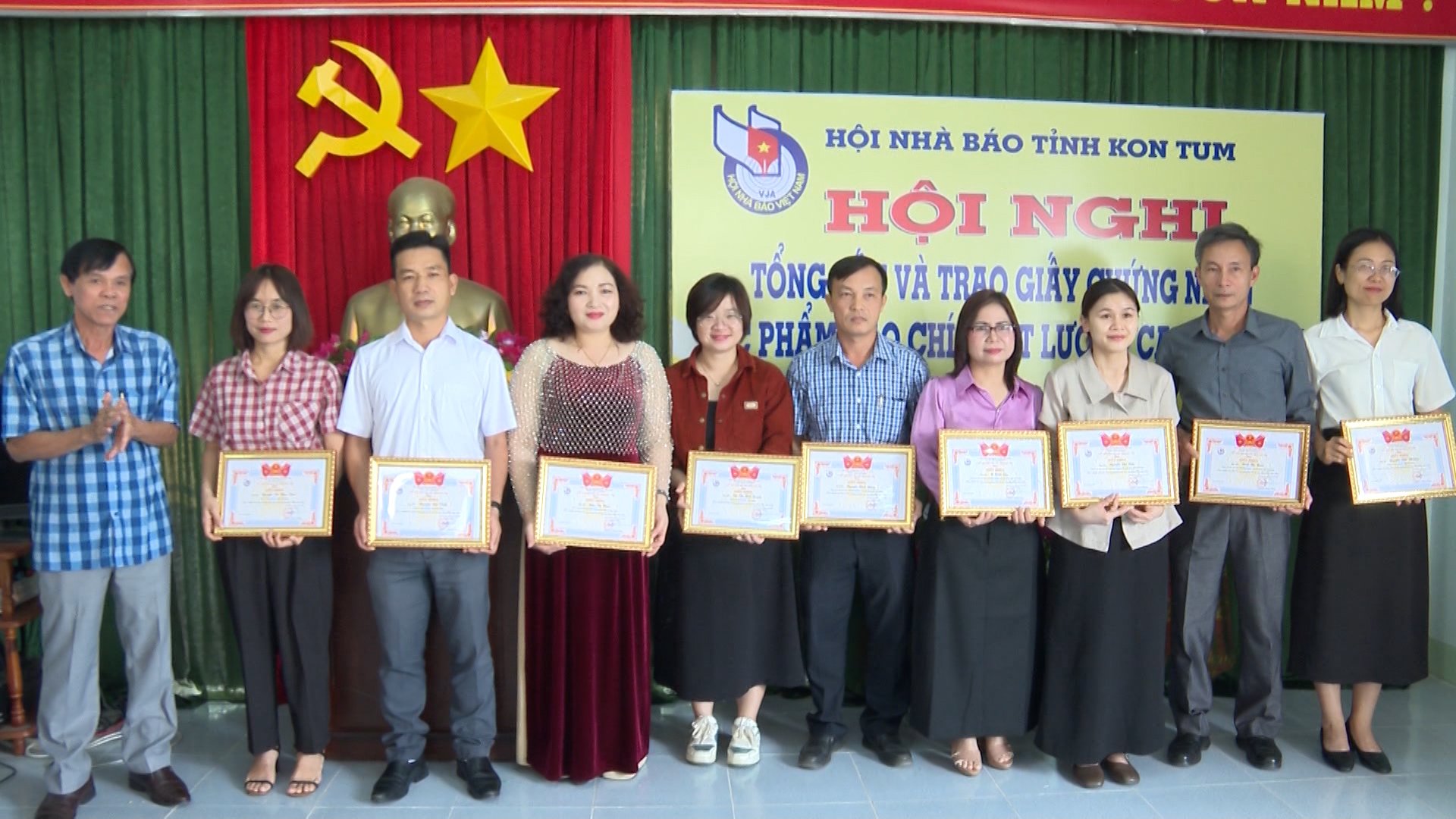
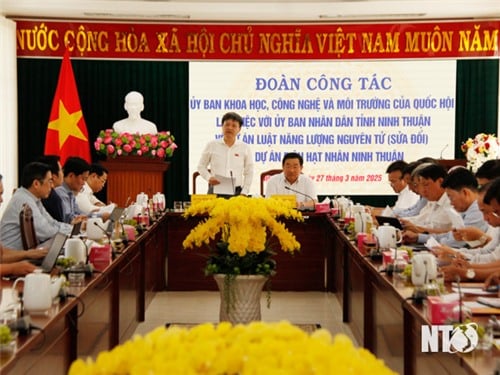
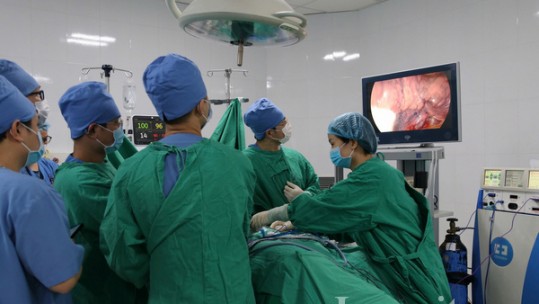









































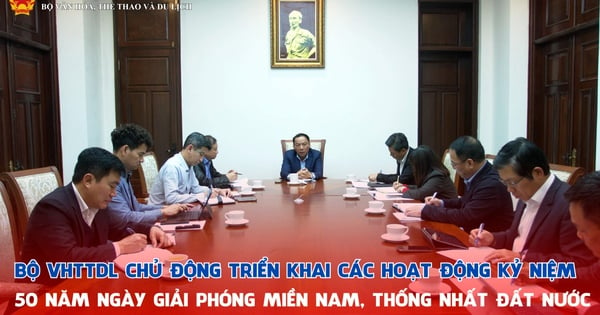

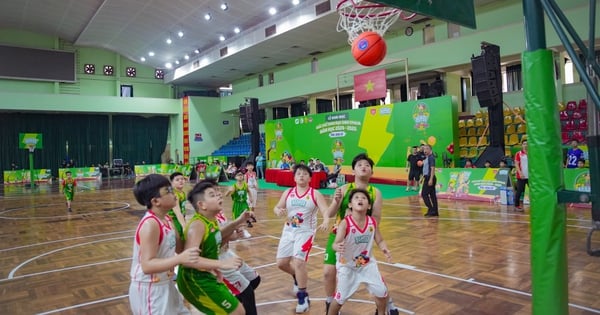
















Comment (0)